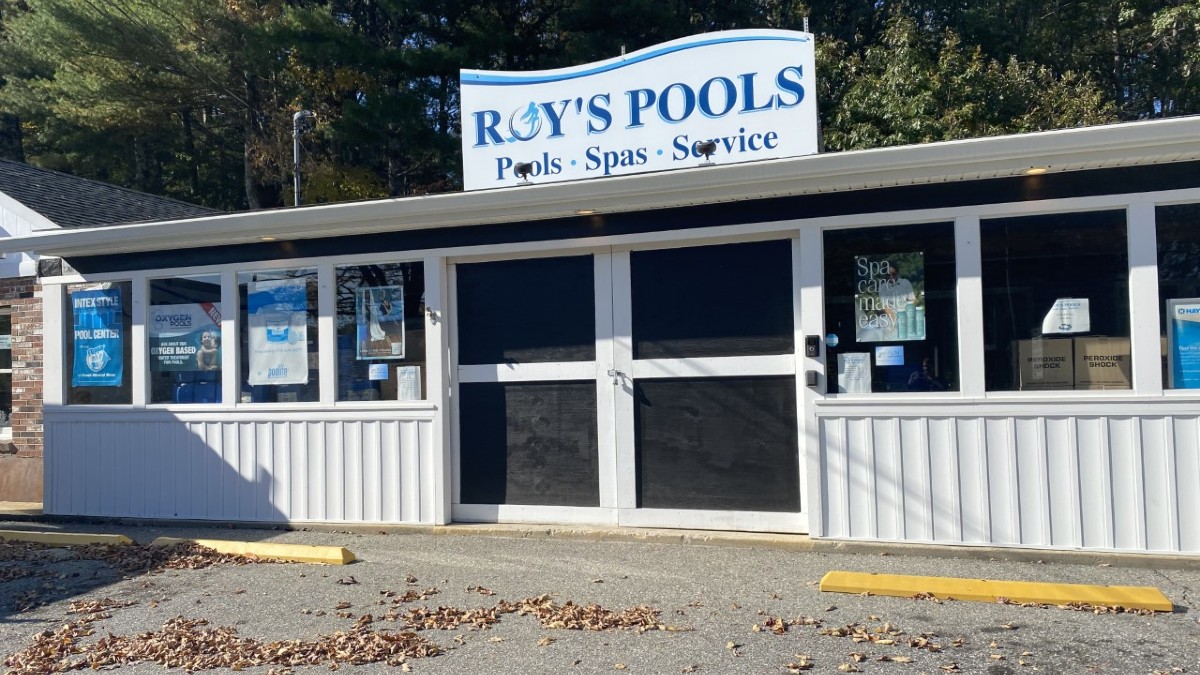With opioid overdoses on the rise, Connecticut is looking to tackle the epidemic in a new way.
There were nearly 500 overdoses in June in Connecticut. A new opioid overdose reporting project is collecting hard statistics on the situation.
The program is the first in the nation and helps emergency responders, police and harm reduction groups tackle the opioid crisis in a new way.
Peter Canning, the EMS coordinator at UConn John Dempsey Hospital, has seen first-hand the way the epidemic is taking lives.
“We’re you know very trained in heart attack care and stroke care and trauma care. But overtime…I’ve noticed maybe in the last five years the increasing escalation of the opioid overdoses. It was suddenly becoming you know an everyday occurrence,” Canning said.
He helped start the Connecticut EMS Statewide Opioid Reporting Directive, known as SWORD.
“I thought you know, EMS hasn’t really been involved in this and EMS is in the ideal position because we see people right after they’ve overdosed,” Canning said.
Local
Through the programs, responders at the scene of an overdose follow-up with a call to the state’s Poison Control Center and answer a series of questions that ultimately help identify overdose spikes in our communities. A call takes around three minutes and goes a long way.
It starts with the basics, like the location of the overdose and age of the patient. Then the questions get more specific. Was the drug inhaled or ingested? What kind of packaging was the drug in and what else was at the scene?
“The type of information we’re collecting--the name of the bags, the paraphernalia at the scene, pictures/photos of the paraphernalia…is really not been collected by other poison centers or other entities, so that’s quite unique,” explained Suzanne Doyon, the medical director at the Connecticut Poison Control Center.
On June 1 SWORD was implemented across the state. In that first month, EMS reported 496 overdoses, 388 naloxone administrations and 41 fatalities in Connecticut.
Opioid Overdoses by County
These numbers represent the overdoses called into Poison Control by EMS. There were likely additional overdoses that were not called in
Data courtesy of UConn Health
“We’re a small state, but it is hitting us pretty hard,” Doyon said.
Within the first 10 days of June, 10 overdose deaths were reported to Poison Control in the City of Hartford alone.
The alerted the Public Health Department, local law enforcement and harm reduction groups.
“This is providing absolute real time. If there are five overdoses in an hour in Hartford we’re gonna know about that in an hour,” Canning explained.
“In the past our data has been very staggered and late, this gives us day-to-day operations so that we can keep our eye on it and send the appropriate resources to the appropriate place,” added Raffaella Coler, director of the Office of Emergency Medical Services at the Connecticut Department of Public Health.
What started as an idea in the back of an ambulance is now a way to help more people in need before it’s too late.
SWORD started as a pilot program in Hartford in 2018 before being expanded statewide last month. DPH then issued a mandate requiring all EMS responders to take part. The hope is this program will serve as a nationwide model.



